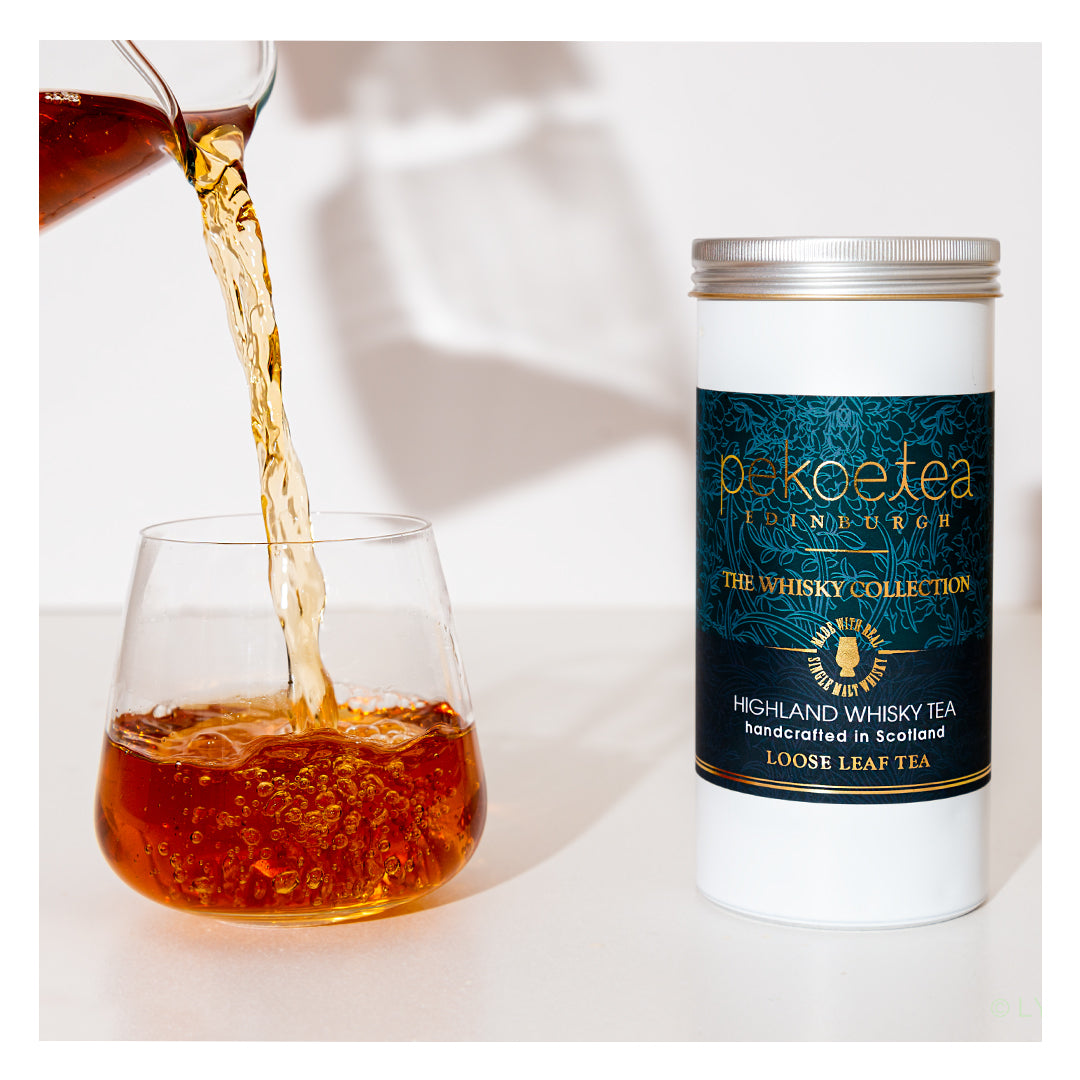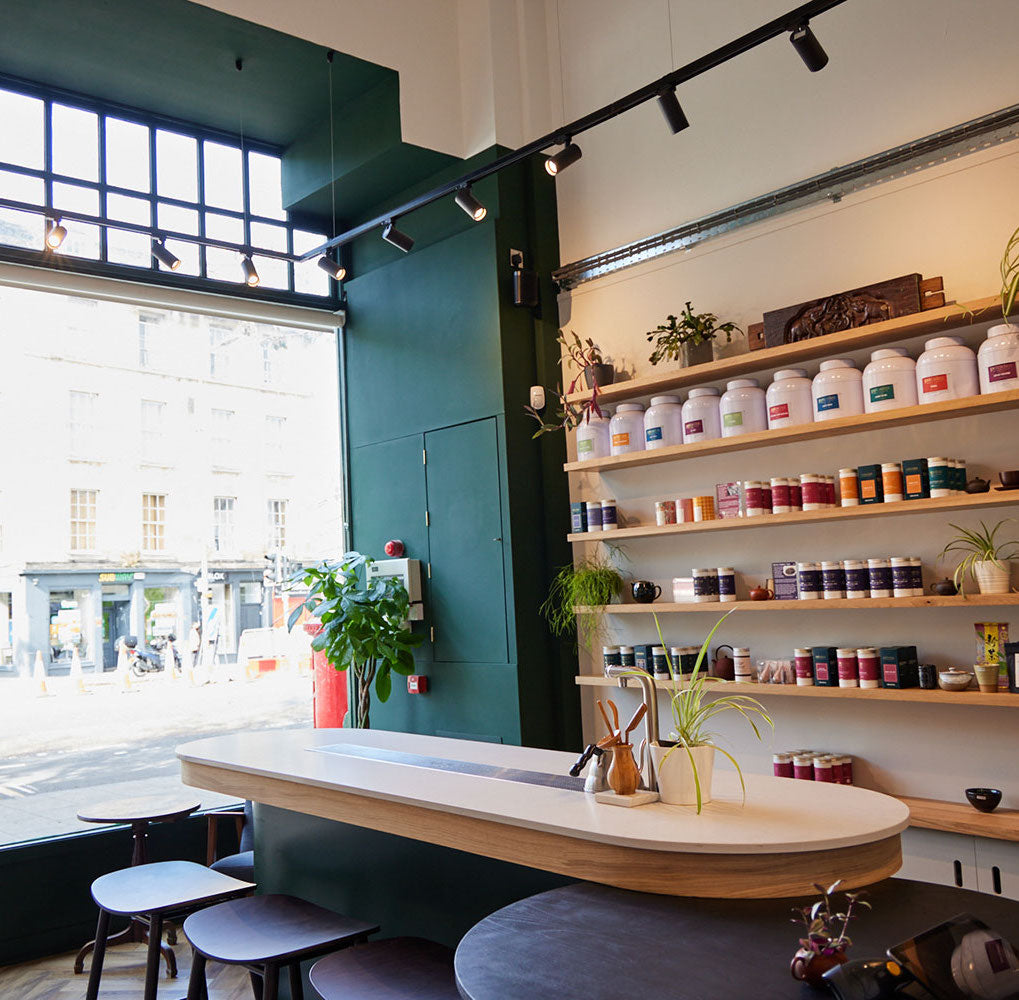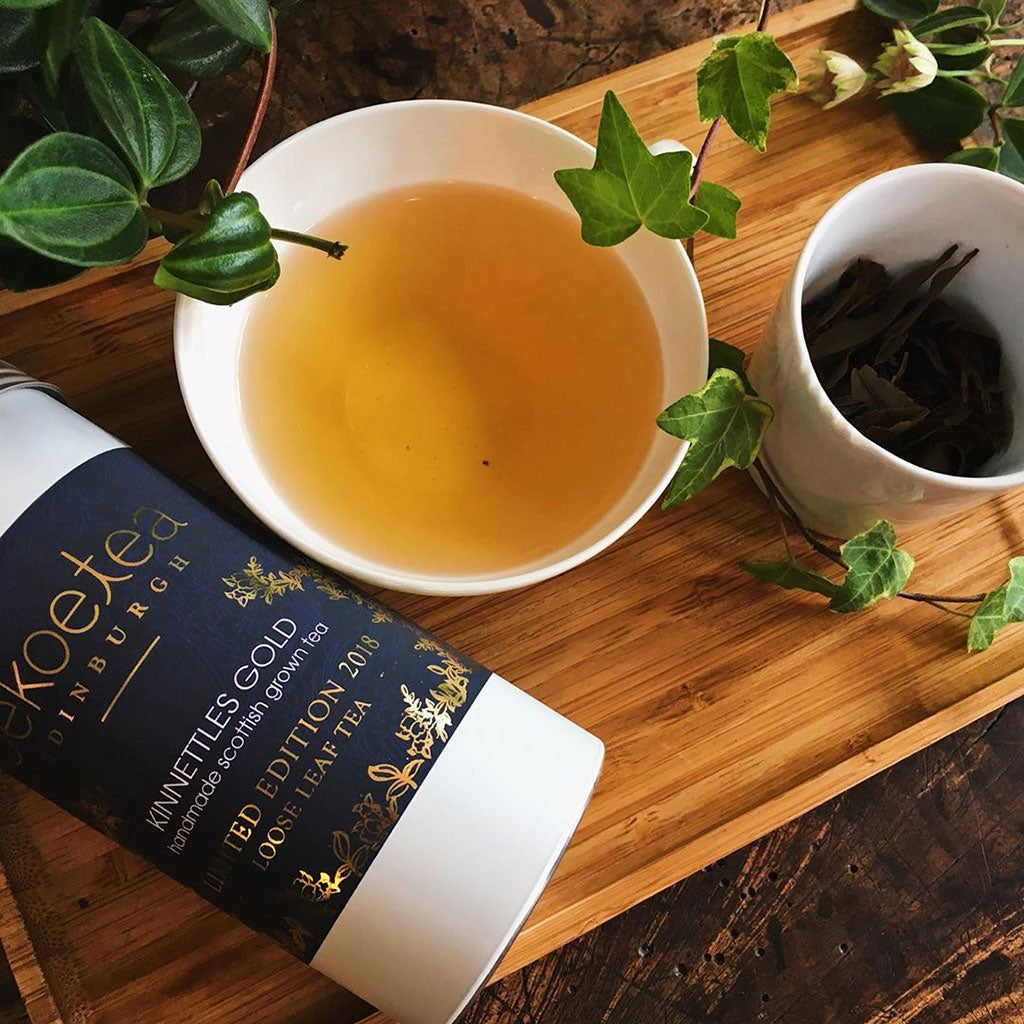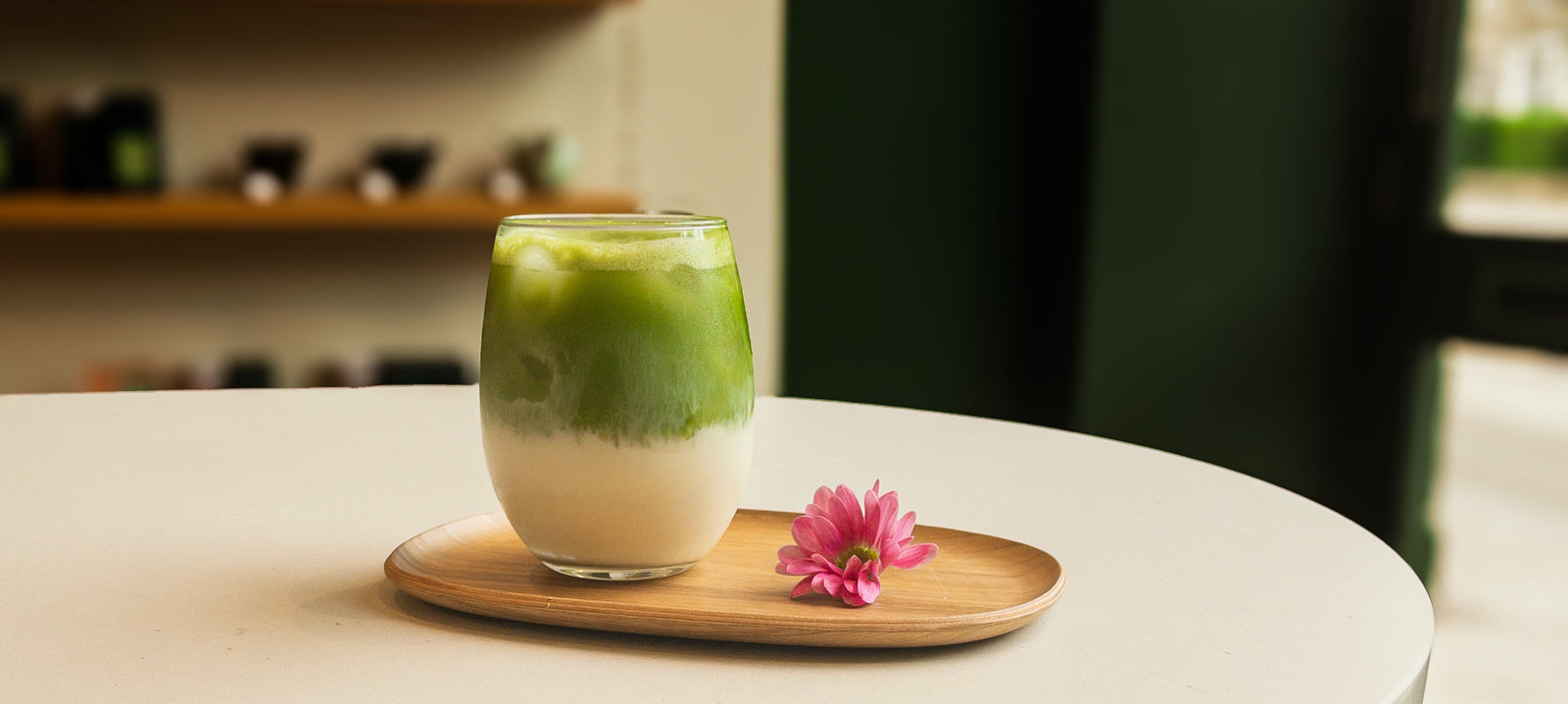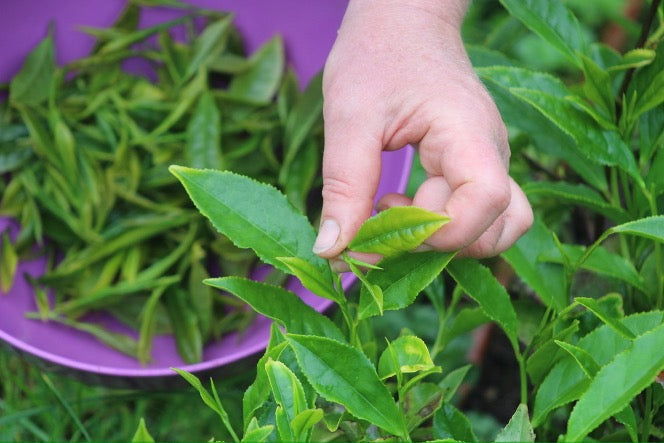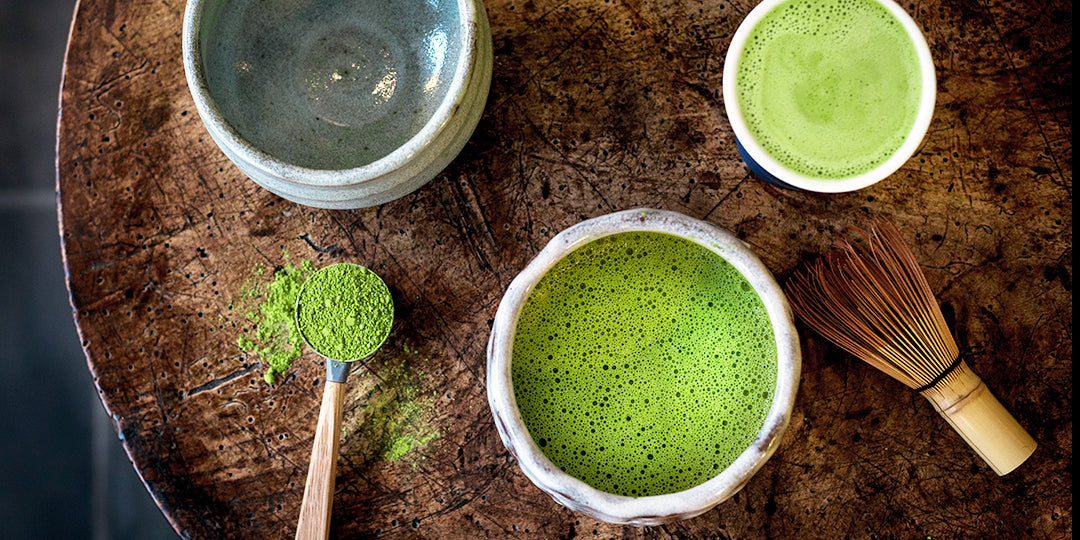Here at Pekoetea, we have decided to dedicate the month of March to one of those elusive 'what exactly is it?' types of teas - matcha. This month we'll be drinking, making, cooking, baking, and talking all things matcha! We are frequently asked about matcha green tea, which, despite its delicious taste, can be off-putting and confusing due to the different grades available. So here is our ultimate and updated guide to the big question - Cooking and Ceremonial, what's the difference?

Matcha is categorised into different “grades” which is just the term used for the different qualities of matcha that are available. These grades are based on the growing conditions and methods of processing the leaves. The two grades available are cooking/culinary and ceremonial grade. There are further sub-grades of quality within cooking grade matcha but for simplicity, we will talk about it as one whole grade.
Ceremonial Matcha
Ceremonial grade matcha - as indicated by the name - is used in traditional Japanese tea ceremonies and is an extremely high quality tea. It is harvested in spring around late April time and for the last 20-30 days before harvest the leaves are shaded from sunlight so they only have 60-75% of light exposure. Covers called TANA tarps are rolled over the plants to create shade when new leaf buds have grown. This shading encourages more chlorophyll and L-theanine production in the leaves which are, respectively, the sources of the vibrant bright green colour and the sweet flavour note that matcha green tea is famous for..
Cooking Grade Matcha
Cooking grade matcha powder is the most versatile matcha you can find and is probably one that you have already tried. Any of the higher quality sub-grades of cooking matcha are delicious enough to drink on their own as a ceremonial style bowl of matcha but lower quality cooking grade matcha can taste muddy on its own and is best used when added into recipes or even for skincare. Matcha lattes, cheesecakes, cookies and beauty facemasks all use cooking grade matcha in their recipes. This matcha tea is harvested later than ceremonial grade matcha; from summer until early autumn.
The way the tea leaves are processed also determines their grade. Ceremonial matcha is still hand ground into powder using stoneware, while cooking matcha is mechanically ground. The automation used in processing cooking grade matcha speeds up the process and allows for a lot more tea to be processed at a time.
When buying matcha make sure it does say matcha on the packaging, check the country of origin and its grade. Sieve matcha before using, store it air tight container and avoid exposure to light as it will affect the colour quickly turning vibrant green into grey or even brown.

